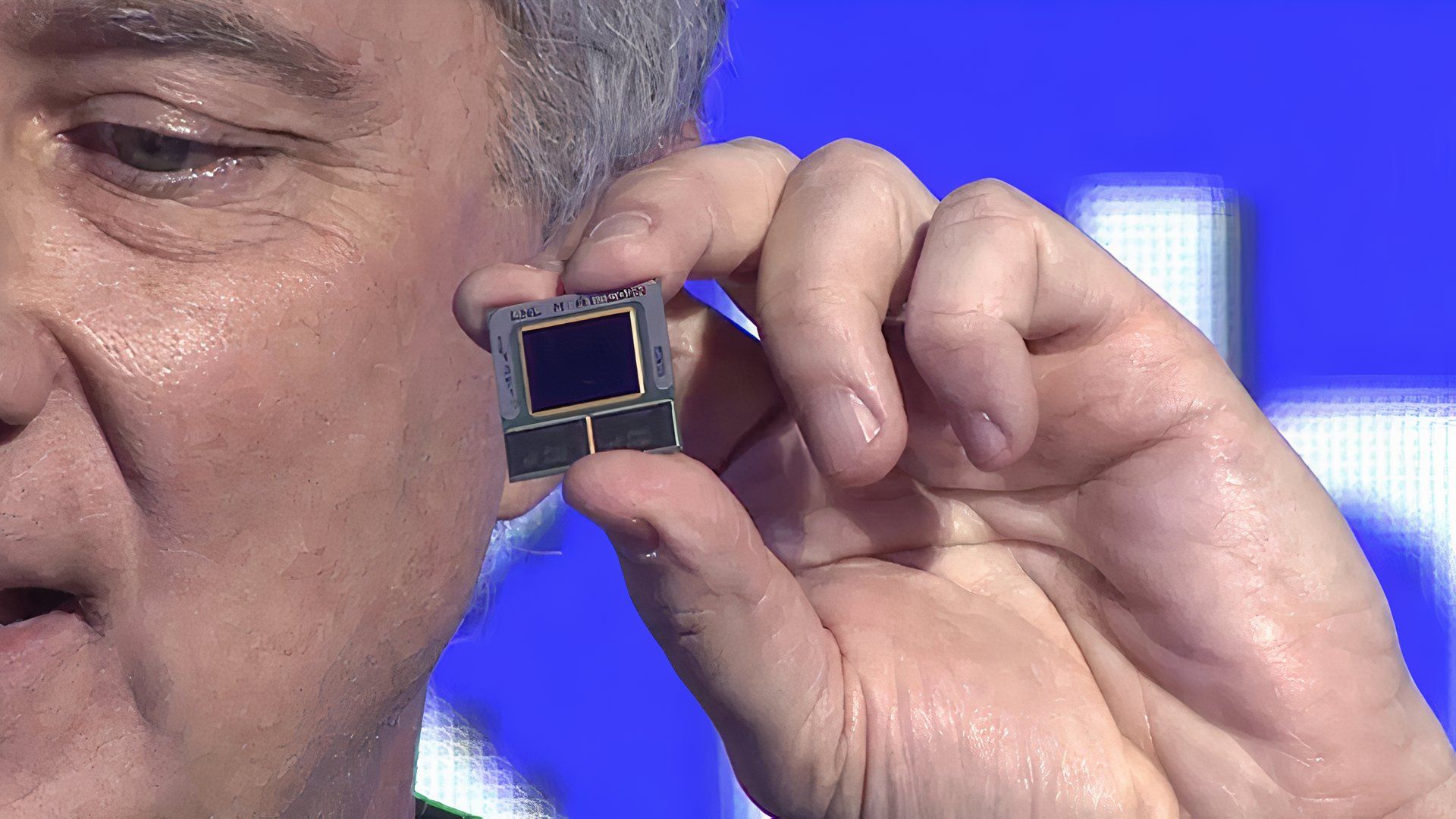Intel's AI Revolution: A Leap in Laptop Technology
Intel's leap with Lunar Lake architecture promises to reshape the laptop market, blending AI advancements with energy efficiency for an unparalleled computing experience.
Published June 05, 2024 - 00:06am

Image recovered from pocket-lint.com
Intel has ushered in a new era of computing with its latest offering, the Lunar Lake CPU architecture, geared predominantly toward laptops. This technological advancement stands poised to redefine energy efficiency and AI capabilities in portable computing, marking a significant leap that could challenge competitor dominance and enrich the consumer experience.
The architectural brilliance of Lunar Lake stems from its improved system-on-chip design, a move that bolsters AI processing by enhancing the Neural Processing Unit (NPU). With a focus on maximizing AI, the NPU has been upgraded massively, promising a performance spurt ranging from two to fourfold compared to its Meteor Lake predecessor. This is instrumental in accelerating varied AI-driven tasks and could potentially streamline workflows in complex computational environments.
An additional boon of the Lunar Lake design is the integration of RAM onto the chip itself, offering configurations of 16 or 32GB of LPDDR5X memory. While this choice curtails the flexibility for memory upgrades, it contributes to a notable reduction in power demands, thus potentially extending battery life—a key consideration for the mobile user. However, for those consumers aiming for expandability, Intel's future Arrow Lake CPUs might offer a more fitting alternative.
Intel's push towards AI isn't limited to just laptop CPUs. The company's endeavours are evident in the broader sphere, with a formidable lineup of server solutions also in the works. The Xeon 6 processor casts its sights on modernizing data centers to address the burgeoning demands of enterprise-level AI workloads. With its versatile microarchitectures for performance (P-core) and efficiency (E-core), the Xeon 6 demonstrates Intel's commitment to delivering robust and flexible computing platforms.
Intel's strategic moves could potentially reshape market dynamics, tilting the scales of laptop supremacy away from Apple's renowned MacBook longevity. With efficiency and AI forming the core of Intel's Lunar Lake and other chipset designs, a broader array of companies is gearing up for this transformative phase that might herald a renaissance for the laptop industry.
The implications of Intel's advances reverberate beyond the hardware. AI-centric developmental strides point towards a symbiotic relationship between chipmakers and software giants like Microsoft, with AI capabilities increasingly embedded into the very fabric of computing devices. The landscape of personal and enterprise computing is set to significantly evolve, thanks to these strides in AI infusion and efficiency enhancements.
As the industry anticipates the arrival of the first Lunar Lake-equipped laptops by the 2024 holiday season, consumers and businesses alike wait with bated breath to witness the potential reshaping of laptop dominance and the exciting prospects this leap in technology promises.
The Lunar Lake CPU architecture represents a dedicated venture by Intel into a realm of efficiency and AI-enhanced performance, which could herald a seismic shift in laptop technology and user experience. This innovation, however, reaches further than laptop processors; it showcases Intel's overarching vision for pervasive AI integration across devices and systems. The company's engineers have meticulously optimized the Lunar Lake chips to work harmoniously with sophisticated software algorithms, potentially offering unparalleled experiences in both professional and recreational computing.
Significantly, the introduction of Lunar Lake comes at a crucial moment when the tech industry is seeking green solutions amidst escalating energy concerns. Intel appears to embrace this responsibility, subtly weaving the principle of sustainability into the chip's DNA. The architecture's energy-efficient design hints at a future where high performance does not compromise battery longevity, contributing to environmentally conscious computing without sacrificing the needs of power users.
Intel's foray with Lunar Lake also accentuates a dedicated move toward enhancing machine learning tasks on the fly. This innovative approach allows for real-time data analysis and decision-making, presenting boundless possibilities for fields such as research, healthcare, and finance. The prowess of the upgraded NPU within Lunar Lake may translate into significant breakthroughs in these sectors by providing the computational might to parse through vast datasets and manage complex simulations or models expeditiously.
However, in a rapidly advancing tech landscape, the resolution of one challenge often heralds the emergence of new obstacles. As Lunar Lake raises the bar for CPU performance, the demand for more sophisticated cooling solutions is likely to become more pressing. Engineering laptops that can dissipate heat efficiently without adding bulk or noise is a puzzle that OEMs must solve to harness the full potential of Intel's newest CPUs. This means investments in cooling technology could see a parallel trajectory of growth alongside the advent of these powerful, AI-infused processors.
The global market, previously attuned to incremental CPU improvements, could find itself on the precipice of widespread change, instigated by Intel's aggressive leap forward with Lunar Lake. Competitors are undoubtedly taking notice and may accelerate their own innovation cycles in response. This competitive pressure is good news for consumers, as it forecasts a marketplace teeming with advanced options, fostering greater choice and potentially more accessible price points across the board.
Furthermore, Intel's strategic pivot paves the way for industry partnerships and collaboration opportunities. With increased processing power, companies specializing in AI development, big data analytics, and complex software solutions will find Lunar Lake a promising foundation to build upon. This dynamic also suggests an expansive potential for startups and innovators, who can leverage the new capabilities to push the envelope in terms of what's possible with laptop computing.
The announcement of the Lunar Lake architecture could indeed mark the beginning of an overarching technological trend where AI and efficiency are not mere features but are ingrained as the cornerstones of computing hardware. This development holds the promise of driving a user-centric shift across multiple industries, empowering individuals with tools tailored to harness the burgeoning capabilities of AI with greater efficiency.






